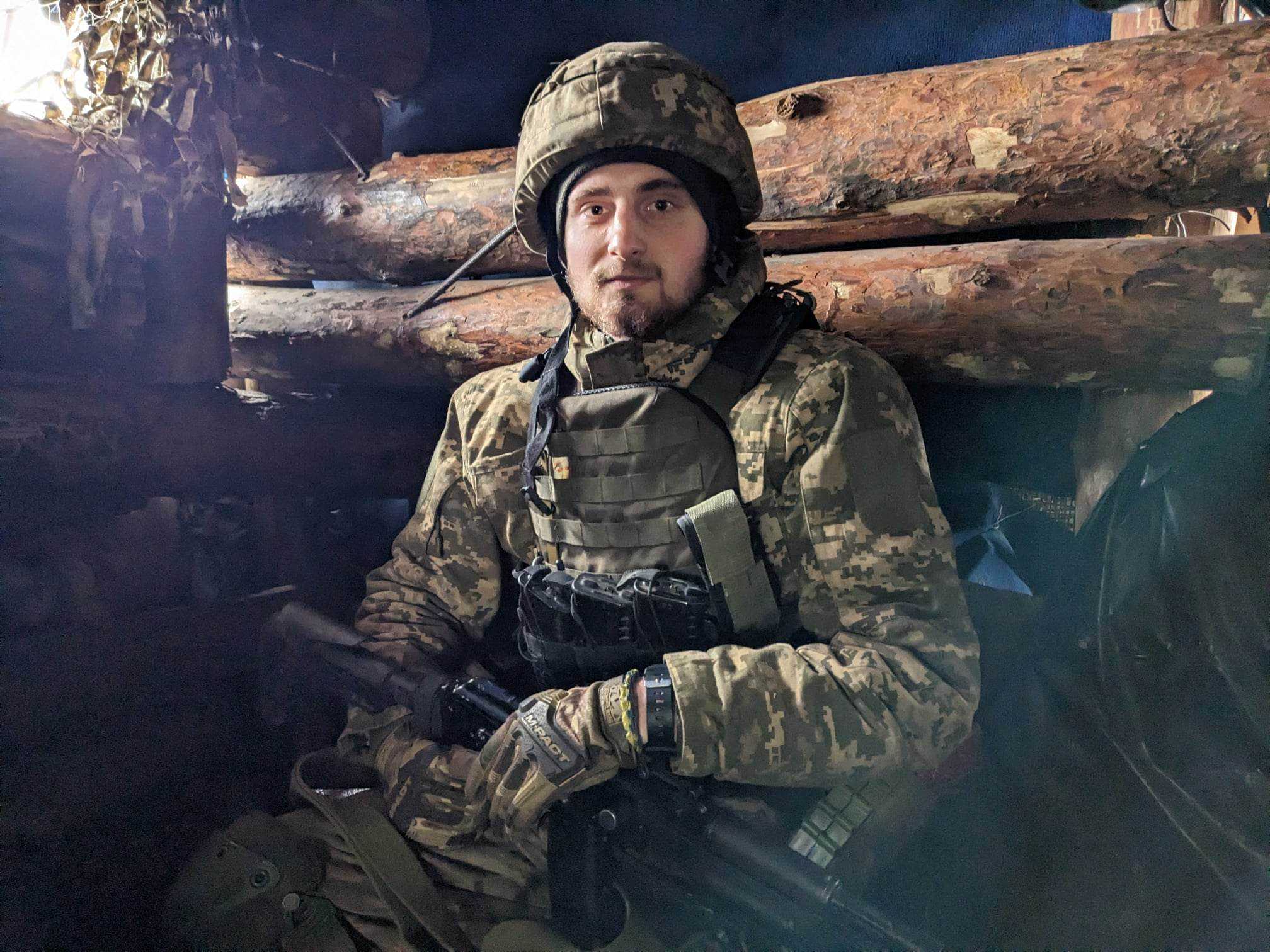TORETSK– A familiar story has played out over most of eastern Ukraine over the past half-year.
Under the cover of brutally intense artillery barrages, Russian forces have attempted one assault after the next. Sometimes they are successful: Russian troops, led by Wagner Group mercenaries, have slowly captured most of the city of Bakhmut, while also advancing around the fortress town of Avdiivka. In other areas, their failures have still put immense strain on the Ukrainian defenders, who have suffered heavy casualties as they buy time for Ukraine’s much-anticipated counteroffensive.
It is for this reason that the town of Toretsk stands out. Here, where Ukraine’s 24th Mechanized Brigade mans positions in the crucial midpoint of the Donbas defensive line, Ukrainian troops have not only held back the Russians – they have even advanced.
“We’ve actually moved forward from the 2014 lines,” Oleksandr Savchenko, the brigade’s press officer, tells Paradox as he drives a battered SUV towards the forward trenches. “We took a few advantageous heights, pushing the line forward a few hundred metres. [The Russians] were caught by surprise,” he says.
Toretsk has been a frontline town for nearly a decade. After a brief occupation by Russian-backed separatists in mid-2014, it was reclaimed by Ukrainian forces, marking the edge of their advance. The ceasefire put into place the following year cemented its position as a key forward bastion, one that has been continually fortified ever since.
Now, its position is more important than ever. Toretsk lies roughly halfway between the two main Russian thrusts in recent months: Bakhmut to the north, and Avdiivka to the south. Any enemy breakthrough here could endanger the flanks of either effort.
“In a way, this is the most important position in the entire east,” says Masik, a 38-year old member of the 24th Mechanized Brigade who has been serving since last June. “We are between two fires here, between Avdiivka and Bakhmut. This makes [Toretsk] all the more interesting for the enemy.”
It’s a quiet spring day in Toretsk, even at the trenches, where the absence of the nonstop shelling that characterizes the rest of Donbas feels almost surreal. Even on the heights themselves, looking out from a bunker towards Russian lines barely a kilometer distant, there is little sign of ongoing combat.
For Ezhik, a 21-year old private, it’s a welcome reprieve from the brigade’s previous postings.

“We got here about a month and a half ago,” he says, peering out the bunker’s viewport towards the Russian lines. “I wouldn’t call it quiet here – just yesterday, a shell landed one meter in front of me. There’s plenty of excitement, but before this, we were in Bakhmut. So it’s nice to have a change, to put it mildly,” Ezhik says.
The soldiers live on the edge of the town, in a dizzying array of claustrophobic trenches and tunnels – some new, some dating back to 2014. They are fortunate enough to occupy the high ground in this area, with a clear view to the open fields any Russian attackers would have to cross.
But the threat does not only come from ahead.
Toretsk’s longtime position at the front has meant that most of those who do not want to see a Russian takeover have long since left, says Savchenko, the press officer.
“Everyone left here is pro-Russian,” he says casually, gesturing at an elderly couple as he drives through the town. “The pro-Ukrainian people have all left, but they have stayed.”
That local sentiment manifests itself directly at times. Just the day before, soldiers of the 24th apprehended a pair of Russian saboteurs – who they suspect had aid from locals.
“We took two prisoners yesterday,” Savchenko says. “We saw them moving at night, creeping around past our positions. It was one DNR [Donetsk People’s Republic] guy and one mobik,” he says, using the slang term for the hundreds of thousands of conscripts Russia has mobilized for its army since last fall.
That a mobilized soldier from Russia was involved in such a raid is indicative of two other trends the Ukrainian troops here have noticed – that the DNR is running out of men, and that Russian reinforcements, both professional and otherwise, have arrived to bolster them.
“When we got here six weeks ago, there were only DNR [soldiers] on the enemy side of the line,” says Masik. “Now, we see mobilized troops with them. They have so few men left [in Russian-controlled Donbas] that they can’t hold the line anymore alone,” he says.

Alongside the conscripts have come professionals – particularly Wagner mercenaries.
“We can tell that there are now Wagner here as well,” says Masik. “It’s obvious from their tactics, from their equipment. DNR guys don’t even shoot – they just hold their rifles timidly and try not to die. Wagner have proper scouting, coordination, drones – we’ve seen a lot more enemy drone activity lately, spotting for artillery. They [Wagner] know what they’re doing,” he says.
The tactics described by Masik and others resemble those that observers have described Wagner using more widely in and around Bakhmut. There, small scouting groups probe for weak points in the Ukrainian line, hoping to find an understrength section that can be exploited as they did near the town of Soledar in January. Once identified, the attacks come in waves: expendable troops first (convicts in Bakhmut, DNR in Toretsk), followed by Wagner professionals advancing on the exhausted Ukrainian defenders, often at night.
Masik expects such attacks to ramp up in the near future.
“The enemy clearly has put some fresh forces into this sector,” he says. “The attacks are stronger and more frequent now. They have used reinforcements, which means they plan to give greater priority [to this sector],” Masik says.
He’s also aware of his unit’s crucial role in the greater picture, buying time and blunting the Russian assault until Ukraine’s much-vaunted counteroffensive can be carried out.
“Our task is just to hold the front,” he says. “We’ve done it successfully so far. I hope we can keep it up.



